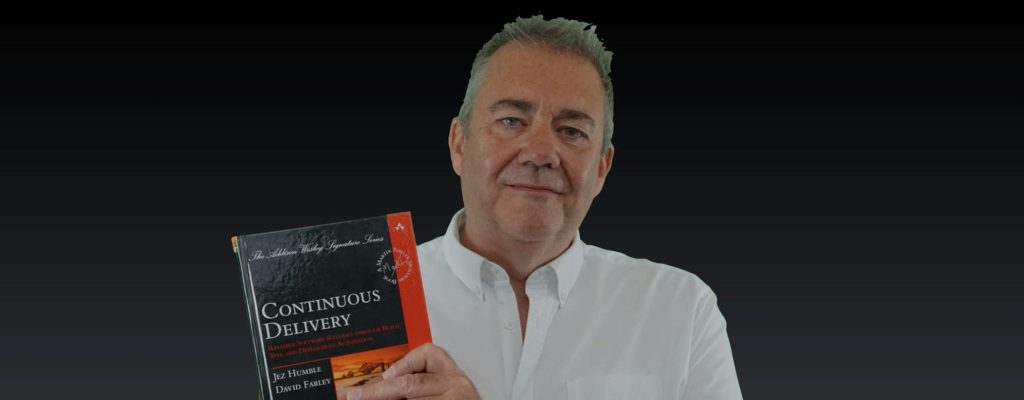

Challenge
ZPIZ was a very constructive and concrete partner in this process. It was their remarks and guidelines that led to the successful completion of this story.
“Partnering with CROZ has once again resulted in a successful project. In this project, CI/CD pipeline was introduced, enabling faster deployment and application building. Consequently, developers are now able to focus on their primary work. System engineers’ work has also been made easier because deployment tasks have been automatized. We will continue our cooperation and look forward on new exciting things to work on.”
-Edmond Pajk, Deputy general director, IT Division Director – CIO at ZPIZ
In ten years of cooperation between ZPIZ and CROZ, we have been working on various business improvements. We regularly maintain the systems, but we also proactively analyze the situation and suggest improvements. It is in this process that we have identified the process of developing applications and delivering those applications as a place for improvements. From the beginning of our cooperation, ZPIZ has been deeply involved and reacted very affirmatively to CROZ business propositions, so we began a journey of introducing the DevOps approach together.
In ZPIZ, they invest a lot of time in modernizing their entire infrastructure. When introducing the DevOps pipeline, we had to make sure that it met the current needs, but also that it was scalable and that it enabled the expansion to some other, more modern technologies that ZPIZ would introduce in the future. That is why we mutually agreed on choosing Ansible as the central component. Ansible is a configuration management tool that has a very enthusiastic community behind it which produces many useful modules that significantly reduce development time. On the other hand, it is a tool that can be relatively easily upgraded with your own modules, as well as by applying existing procedures.

Solution
What we and ZPIZ have tried and managed to achieve was to enable developers to concentrate on their primary task as much as possible. We also tried to relieve the system engineers of the deployment process as well as initiating such procedures. We managed to achieve this by combining tools with which developers are traditionally well acquainted, as well as by introducing Ansible as the central engine with which the whole process is orchestrated and AWX as its web interface. The introduction of Ansible has allowed us scalability and the ability to expand to other and different platforms. AWX has allowed us to have a simple interface from which jobs can be automatically or manually initiated, scheduled, and tracked. In addition, AWX provides the ability to apply the RBAC model of access control. In addition to the development of pipeline, we participated in the installation and migration of all system components, and we continue the story by upgrading the existing implementation.
Industry







